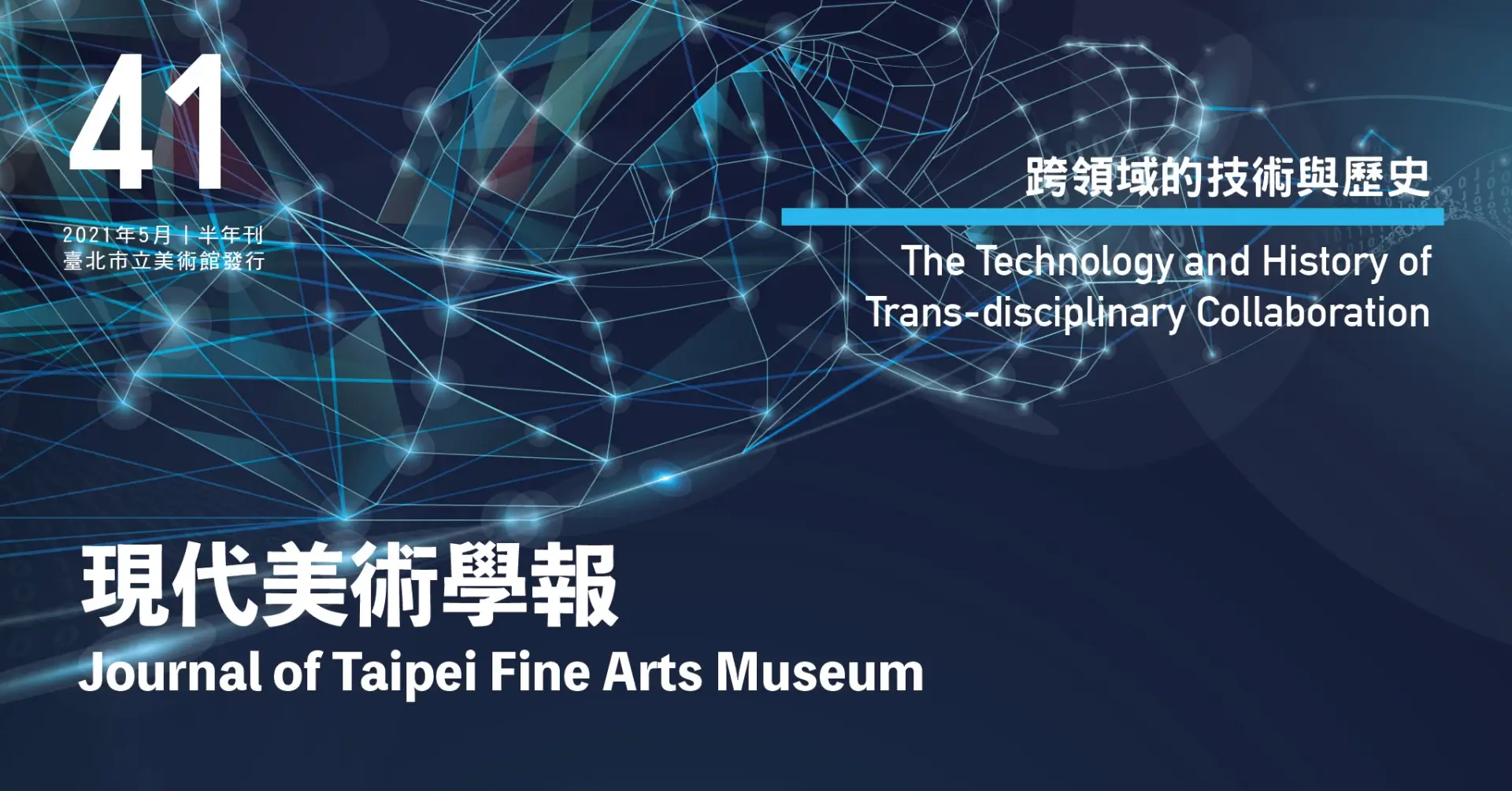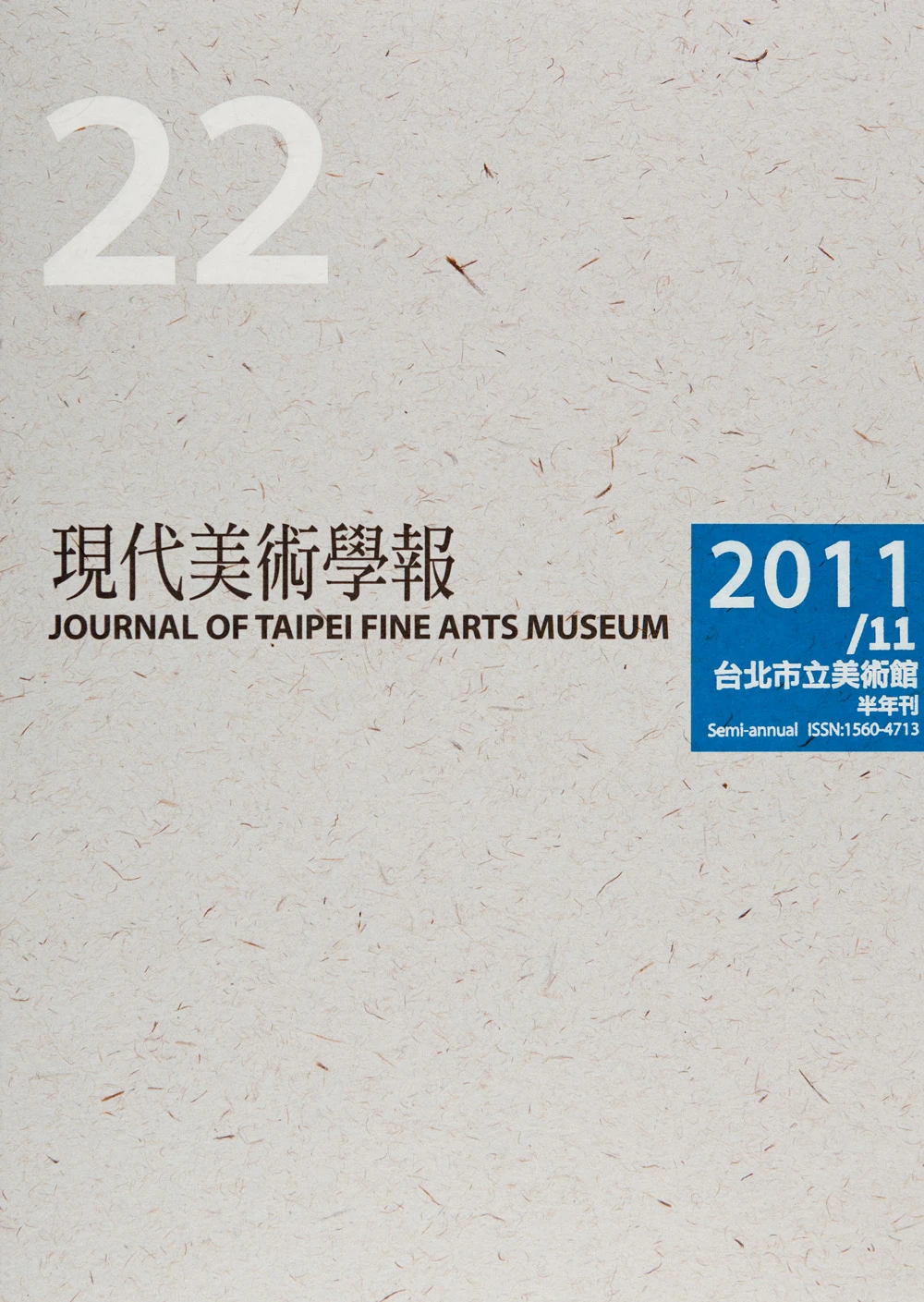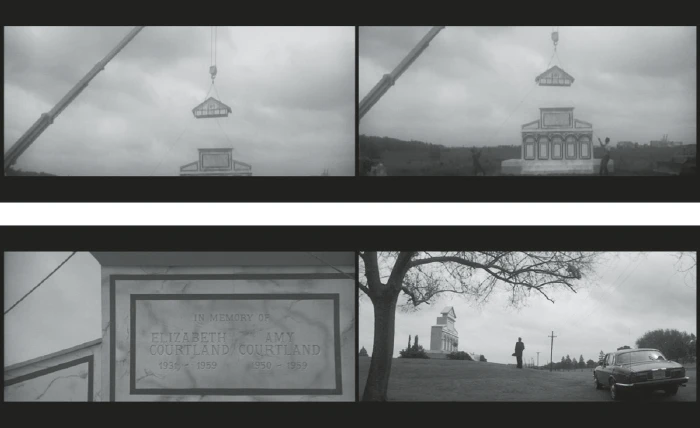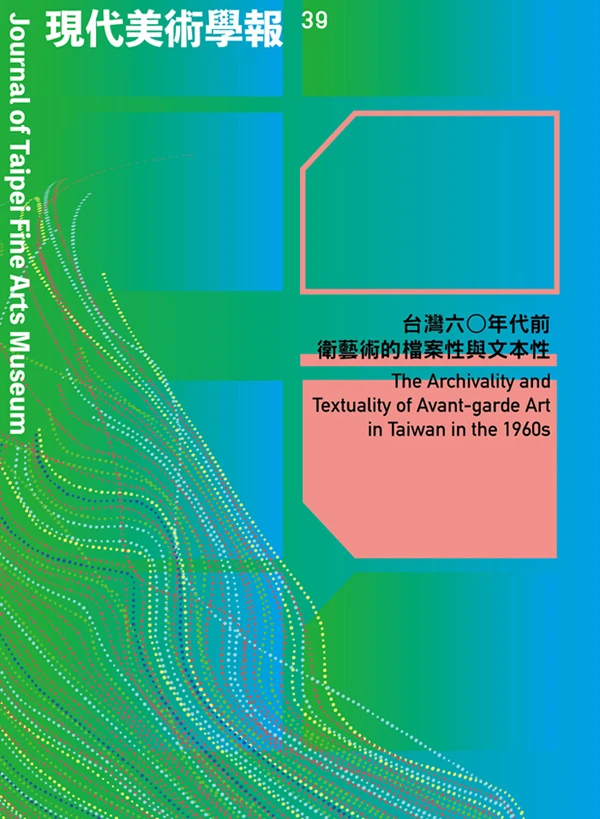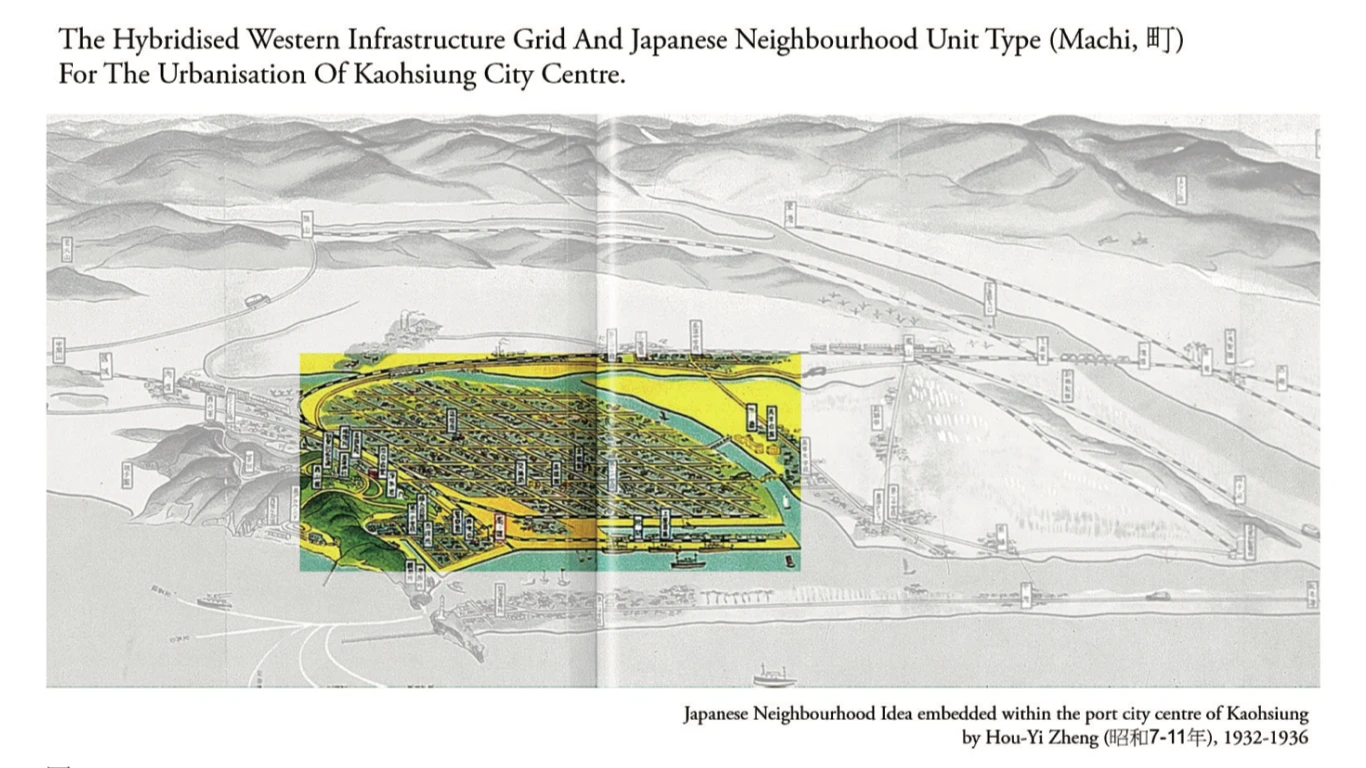摘要
美術館治理在現今社會中,仍是較少被提出探討的主題,但是治理相關的議題卻是關乎美術館的公共責任與民眾對於美術館信任感。近年來,美術館的發展與治理都有密切關聯,包括:文物所有權的歸屬、文物歸還與普世博物館、美術館治理模式的轉變、美術館館長與董事會的溝通(或溝通不良)、美術館精英主義與民主化、服務對象的擴張與社會公允的落實等,相關議題都是本研究所觸及之議題,並希望透過研究探討,歸納出美術館治理的運作模式與申論肩負的公共責任。
本研究首先回顧美術館的定義與發展,列舉出現代社會中與治理有關的事件,強調治理的在美術館中必要性。其次,探討治理的發展與相關理論,從公司治理與非營利治理的概念中,歸結出影響美術館治理的三個最重要層面,分別是所有權、控制權與受益權,並進一步地剖析每一個層面,從理論與實務面討論所有權的歸屬、控制權的運作與受益權的擴大,並強調三者之間相輔相成的因果。最後,研究者試圖從理論發展與實務運作中,針對美術館歸結出合適的治理模式,解釋美術館治理的實務運作;同時,研究者認為要落實美術館的公共責任,治理是最佳的工具。
本研究根據理論基礎與實務運作,歸納出美術館治理模式,提供一個清楚與明確的架構,解釋現代美術館在治理運作上所需要注意的層面,做為未來分析之參考基礎。
良好的治理不但可以提升民眾對美術館的信賴感,也會願意參與美術館所提供的各項服務,有助於鼓勵民眾捐贈文物與財務、加入董事會與擔任志工、吸引弱勢族群或是少數團體來使用美術館,逐步走向民主化,最終理想是創造一個全民共有、全民共治與全民共享的美術館。
關鍵詞
美術館治理、公共責任、所有權、控制權、受益權
Abstract
At the present time, research into the governance of art museums is still somewhat undervalued and few contributions have been made to the subject. However, governance plays a key role in attracting public trust and accountability for art museums. In recent years, the development of art museums has been closely related to issues of governance, including the ownership of artworks, repatriation of artifacts, changing modes of art museum governance, (mis)communication between museum directors and their boards, a movement from elitism to democracy, expanding museum audiences and a new emphasis on social inclusion. This research aims to explore modes of art museum governance and how art museums maintain their accountability to society.
The author begins by looking at the definition and historical development of art museums with emphasis on relevant cases of governance and the significance of governance. Secondly, he explores the historical development of governance and theories of governance from corporate to non-profit organizations, distilling three paramount aspects of governance for art museums: who owns them, who controls them, and who benefits from them. The paper then proceeds by analyzing each of these levels in both theory and practice, specifically confronting the vested interests of ownership, control mechanism employed by museum directors and government officials, and expanding circle of those who derive benefit from museums. These three aspects are in fact intertwined in the practice of art museum governance. For his conclusion, the author argues that good governance is a museums' best tool in living up to its public responsibilities.
Good governance of art museums will not only increase public confidence, it will engage visitors in all aspects of the museum, including donations of cash or works to the collection, participation on the board of directors, volunteerism, and attracting minority groups. Ideally, the ultimate goal is to create an art museum owned, managed and shared by the people.
Keywords
art museum governance, accountability, ownership, control mechanism, benefit

